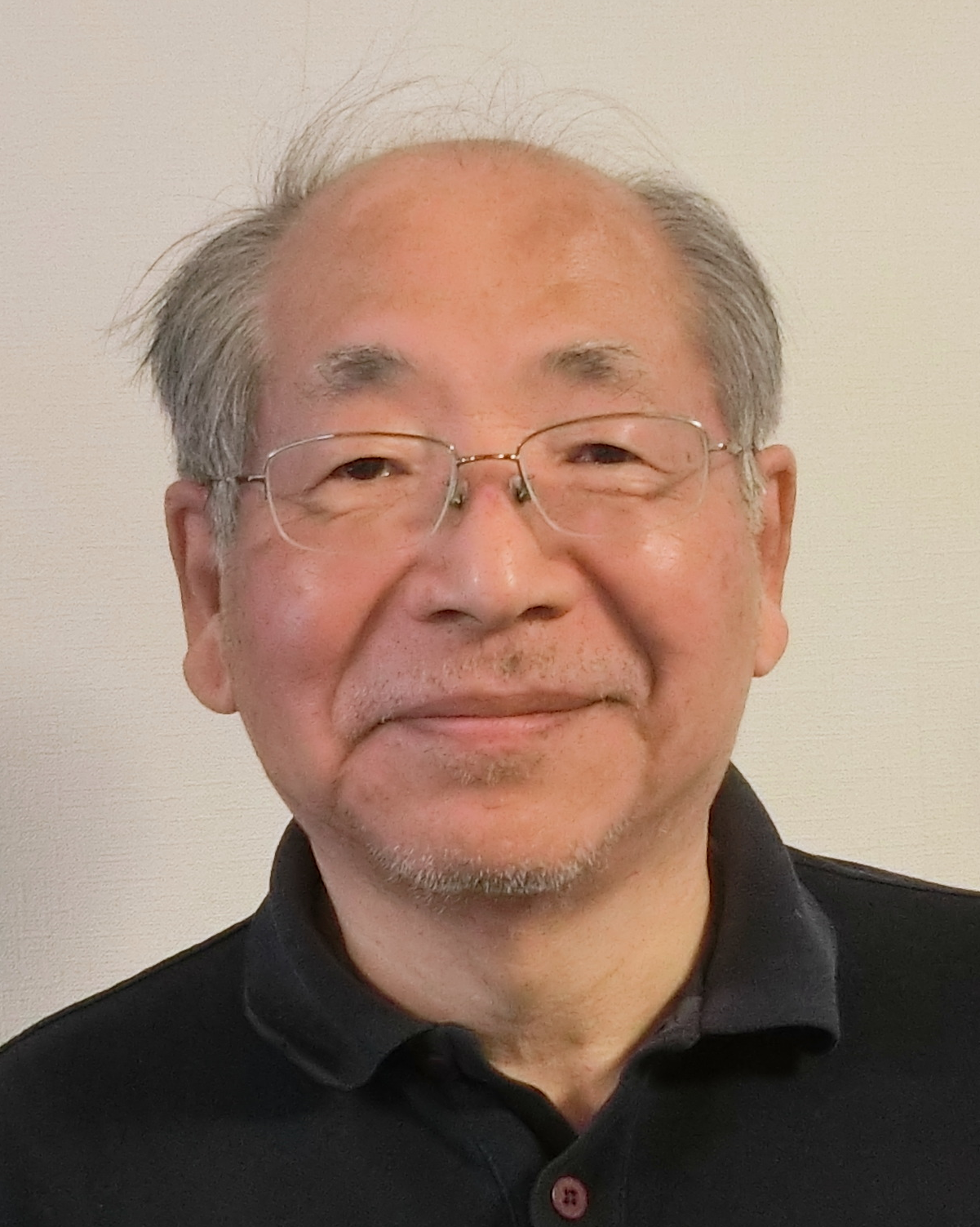- artificial intelligence
- machine learning
- IoT
- energy harvesting
- applied sciences
- civil engineering
- health policy
- science policy
Basic Information

(Apr 1955–)
Location: Unknown
1. Brief Introduction
Graduated from Elec. Eng., Keio Univ. BS (1978), MS (1980), Ph.D. (1983). Asst Prof: Univ. of South Florida (1983-1985), Assoc Prof: Univ. of South Carolina (1985-1988), Assoc Prof: Case Western Reserve Univ. (1988-1996: tenured in 1992), tenured Prof: Keio Univ. (1992-2021), Emeritus Prof: Keio Univ. (2021-present), Prof: Musashino Univ. (2021-present), Docent Prof. Jyvaskyla Univ. He authors 41 books and more than 800 scientific articles with supervising more than 40 Ph.D. students. He published 211 articles in Science, 1 in Nature and 1 in NEJM. Selected as reputation participant representing peers in his discipline and country in Times-Higher-Education's World University Rankings.
Research: cyber-security, neural computing, energy harvesting, IoT, AI, applied mathematics, science/health policy, disaster management.
2. Principal Publications/Works
Graduated from Elec. Eng., Keio Univ. BS (1978), MS (1980), Ph.D. (1983). Asst Prof: Univ. of South Florida (1983-1985), Assoc Prof: Univ. of South Carolina (1985-1988), Assoc Prof: Case Western Reserve Univ. (1988-1996: tenured in 1992), tenured Prof: Keio Univ. (1992-2021), Emeritus Prof: Keio Univ. (2021-present), Prof: Musashino Univ. (2021-present), Docent Prof. Jyvaskyla Univ. He authors 41 books and more than 800 scientific articles with supervising more than 40 Ph.D. students. He published 211 articles in Science, 1 in Nature and 1 in NEJM. Selected as reputation participant representing peers in his discipline and country in Times-Higher-Education's World University Rankings.
Research: cyber-security, neural computing, energy harvesting, IoT, AI, applied mathematics, science/health policy, disaster management.
He authors 41 books and more than 800 scientific articles with supervising more than 40 Ph.D. students. He is one of pioneers on neural computing. His team won the AI championship of 2017 NIPS in Quiz Bowl Question Answering with 335 cited.
He has published 210 eLetters and 1 report in Science (the report is entitled “A near-optimum parallel planarization algorithm” published in 1989 with 129 citations that is the world’s first application based on neural computing), 1 correspondence in Nature on science policy, and 1 correspondence in NEJM on herd immunity.
His book entitled ‘Neural network parallel computing’ published in 1992 on optimization has influenced many researchers in the world with 334 cited.
He coauthored a paper entitled “Functional Link Net Computing: Theory, system Architecture and Functionalities” published in IEEE in 1992 which was cited by 725 articles.
The world’s first paper on brain tumor segmentation entitled “Optimization neural networks for the segmentation of magnetic resonance images” was published in 1992 in IEEE Trans. on Medical Imaging with 241 cited.
The paper entitled “A neural network parallel algorithm for channel assignment problems in cellular radio networks” was published in IEEE transactions on Vehicular technology with 350 cited.
The paper “Artificial neural networks for four-coloring map problems and K-colorability problems” published in IEEE transactions on circuits and systems in 1991 is with 186 cited. He invented the world’s first hysteresis neuron model published in Biological Cybernetics in 1991 with 134 cited.
Two papers using neural computing for solving job-shop scheduling were published in IEEE conference in 1988 with 220 and 173 cited.
His energy harvesting project was included in the official Japanese science textbook for junior high schools from 2021.
On artificial intelligence and security, he has been advising more than 50 profit and non-profit organizations including Food Service Association in Japan since 1992 and introduced technologies on sustainable protein alternatives published in Trends in Food Science & Technology.
He is currently Docent Professor at IT Department of Jyvaskyla University in Finland and economic advisor to governor of Shandong in China since March 2019 and to Weihai mayor in China since 2018. He was a former advisor of air force research in the US.
He has been developing AI systems using ensemble-ensemble machine learning, neural computing with IoT devices for solving real intractable problems in our society. The prototype robots outperform super-skilled human engineers in civil engineering and construction. One of his prototypes is currently used in construction of underground-tunnels in Central Shinkansen in Japan from Tokyo to Nagoya.
He is one of the world’s famous inventors who invented world’s first mobile phone’s camera, Euro banknote validators (BV-6000: 12000 units installed in Europe as of 2009), AI-embedded drilling machines in Japan, and Nintendo’s Gameboy camera, transverse-wave speakers and others.
He has been educating more than 10k students in universities and professional engineers in industries since 1980.
He has developed the world’s first hypervisor called driverware for Microsoft Windows:
https://apps.dtic.mil/sti/citations/ADA451745
The developed hypervisor has been embedded in many core systems in the world.
He has developed 20 open-source PyPI tools by himself for users worldwide: deathdaily (28047 users), scorecovid (15699), aircalc (18574), airpiano (15258), bugcount (10514), covidlag (14826), faceext (5120), usscore (7718), jpscore (7258), dyDNS (7410), scorev (2792), milspend (3319), sshanalysis (1996), vaers (1890), noaaco2 (3722), noaatsi (1434), hiscovid (1401), agci (1940), cdcdeaths (1296), and vinfo (2313) , according to PePy: https://pepy.tech/.
Based on his publications, he was selected by Times Higher Education as a reputation survey participant in 2021 and 2022, representing his peers in both his discipline and country for world’s university rankings.
